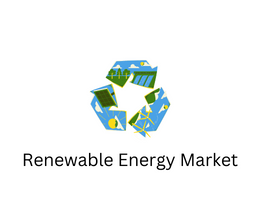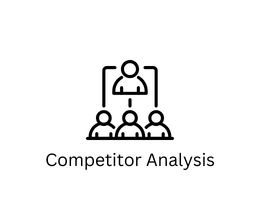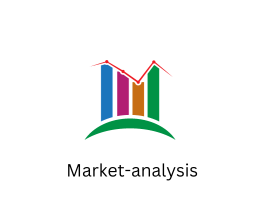
Market Analysis: Understanding the Growth of the Sustainable Fashion Industry
- By admin --
- Tuesday, 30 May, 2023
Introduction
The fashion industry has long been associated with rapid consumption, excessive waste, and environmental degradation. However, in recent years, a new wave of sustainable fashion has emerged, challenging the traditional practices and paving the way for a more environmentally and socially conscious industry. This market analysis aims to provide a comprehensive understanding of the growth of the sustainable fashion industry, including its trends, drivers, and opportunities.
Trends in Sustainable Fashion
One of the key trends driving the growth of sustainable fashion is the increasing consumer awareness and demand for ethically produced and environmentally friendly clothing. Consumers are becoming more conscious of the impact of their purchasing decisions, seeking alternatives that align with their values. Sustainable fashion brands are responding to this demand by adopting eco-friendly materials, implementing fair labor practices, and transparent supply chains.
Another prominent trend in sustainable fashion is the rise of circularity and upcycling. Instead of the linear model of "take, make, dispose," circular fashion promotes the reuse and recycling of materials, reducing waste and extending the lifespan of garments. Many brands are now embracing innovative approaches such as rental services, clothing swaps, and upcycling initiatives to create a closed-loop system.
Drivers of Sustainable Fashion
Several drivers contribute to the growth of the sustainable fashion industry. Firstly, increased awareness of the environmental and social impacts of fast fashion has fueled consumer demand for sustainable alternatives. Media coverage of issues like textile waste, pollution, and poor working conditions has led to a shift in consumer preferences, favoring brands that prioritize sustainability.
Government regulations and initiatives also play a significant role in promoting sustainable fashion. Various countries have implemented policies to regulate textile waste, encourage eco-friendly manufacturing practices, and support the development of sustainable fashion businesses. Such measures create a favorable environment for sustainable fashion brands to thrive.
Opportunities in the Sustainable Fashion Market
The growth of the sustainable fashion market presents several opportunities for both established brands and emerging entrepreneurs. Firstly, brands can differentiate themselves in a crowded marketplace by emphasizing their sustainability initiatives and transparent practices. By aligning with consumer values, these brands can build loyal customer bases and establish a competitive edge.
Collaboration and innovation are also key opportunities in the sustainable fashion market. Brands can partner with like-minded organizations, such as NGOs or sustainability-focused suppliers, to share resources, knowledge, and networks. Additionally, innovation in sustainable materials, production techniques, and supply chain management can drive growth and create new market niches.
Conclusion
The sustainable fashion industry is experiencing significant growth as consumers increasingly prioritize ethical and environmentally friendly choices. By understanding the trends, drivers, and opportunities within the market, brands can position themselves for success in this rapidly evolving landscape. The adoption of sustainable practices, transparency, and innovation are crucial for capturing the growing demand and reshaping the fashion industry towards a more sustainable future.
As the industry continues to evolve, it is essential for brands to stay updated on the latest trends, consumer preferences, and regulatory developments. By staying ahead of the curve and continuously improving sustainability efforts, fashion businesses can not only contribute to positive change but also drive profitability and long-term success in the sustainable fashion market.





